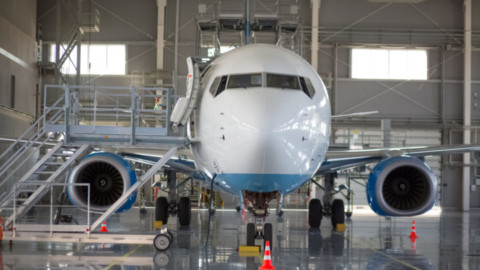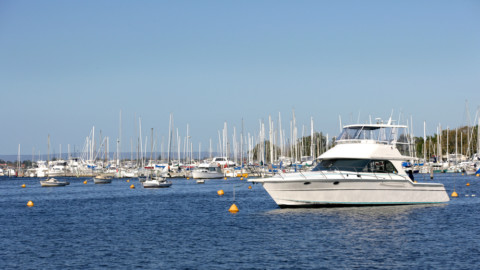Port of Melbourne’s latest statistics show that COVID-19 has not significantly impacted its supply chain, with container volumes consistent with 2019 figures.
The port’s Chief Executive Officer, Brendan Bourke, said it was pleasing that the port supply chain has continued to operate through Stage 3 restrictions, though noting that the Victorian Government had extended the State of Emergency until 11 May.
Port of Melbourne continues to collaborate with industry to ensure that the efficiency of its port freight and logistics systems is not overwhelmed by current impacts of the pandemic.
Trade stays steady, but outlook uncertain
The port’s container trade volumes for March 2020 showed an increase over last month (February 2020) reflecting the view that the processing of the cargo backlog out of China would start to flow through.
The overall container volumes were consistent with March 2019, with full container imports being down 2.4 per cent and exports up 5.1 per cent. Empty container volumes finished at the same level as this time in 2019.
Mr Bourke said the trade outlook for the months ahead would be heavily influenced by demand and the extent of the economic slowdown, which has received significant commentary in the media.
Supply chain
Mr Bourke has expressed that Port of Melbourne’s strategy would draw on lessons learned during the 2008 global financial crisis (GFC).
“Those who were around and have memories of the GFC may recall that there were pressures in the supply chain, including distribution centres and warehouses dealing with import inventory as retail sales slowed (e.g. furniture, whitegoods and other retail goods), as well as pressures in empty container parks,” Mr Bourke said.
Recognising that similar dynamics could occur as a result of COVID-19 and to assist with the efficient flow of freight, Port of Melbourne is in discussions with a number of industry players on options for sharing of information on existing sites and facilities that could be utilised if the need arises.
“Our aim is to share information and industry insights and to anticipate potential constraints and disruptions so that together we can minimise their effects on individual businesses and keep freight moving,” Mr Bourke said.
“We are continuing to work with key industry associations and Freight Victoria on a number of important matters, including availability of PPE for key maritime functions, national maritime protocols and trade information – with a focus on keeping the port supply chain moving.”















